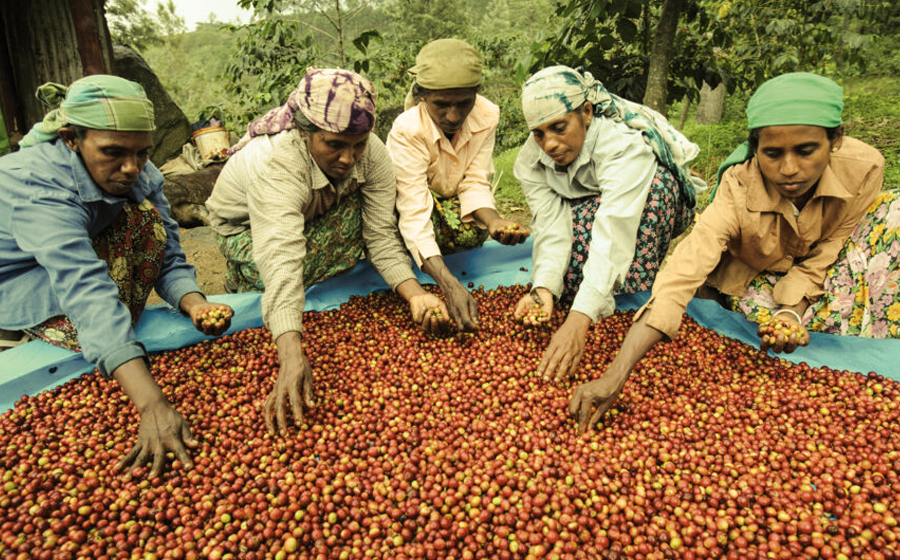Did you know that Sri Lankan once supplied almost a 3rd of Europe’s coffee imports. Sri Lanka’s coffee industry has a fascinating history, marked by periods of immense success, followed by decline, and most recently, a promising revival.
A Legacy of Coffee Cultivation
The story of coffee in Sri Lanka began in the 18th century when the Dutch first experimented with its cultivation. However, it was the British who truly revolutionized the industry in the 19th century. By 1870, Sri Lanka, then known as Ceylon, had become a global leader in coffee production, with over 100,000 hectares dedicated to coffee cultivation.
What went wrong?
This success story was unfortunately short-lived. A coffee leaf rust disease struck in the 1860s, causing widespread devastation and forcing many to abandon their coffee plantations. The industry never fully recovered from this setback, and tea eventually took its place as Sri Lanka’s primary agricultural export.
But local coffee is still a thing right?
Yes! Despite the challenges, coffee production in Sri Lanka never completely disappeared. In recent years, there has been a renewed focus on reviving the industry, driven by several factors…
- Growing demand for specialty coffee: The global market for high-quality, unique coffee experiences is flourishing, and Sri Lanka’s Arabica beans, known for their smooth taste and distinct aroma, are well-positioned to capitalize on this trend.
- Investment and diversification: Both individual farmers and established companies are investing in coffee cultivation, often utilizing previously abandoned tea estates due to their suitable climate conditions.
- Focus on quality and sustainability: Initiatives are underway to improve processing techniques, enhance farmer training, and promote sustainable practices, further elevating the quality and reputation of Sri Lankan coffee.
So what’s next for coffee in Sri Lanka?
While Sri Lanka remains a relatively small coffee producer compared to giants like Brazil and Vietnam, the industry is experiencing positive growth. As of 2019, production stood at around 7,688 tons, and the value of exports has increased significantly.
Looking ahead, the future of Sri Lankan coffee appears promising. With continued investment, a focus on quality, and the dedication of its people, the island nation has the potential to once again establish itself as a noteworthy player in the global coffee landscape.
Additionally, for those interested in exploring further, the Sri Lanka Export Development Board (EDB) website maintains a directory of Sri Lankan coffee exporters. This resource can be a valuable tool for those seeking to connect with businesses involved in Sri Lanka’s coffee export industry.




